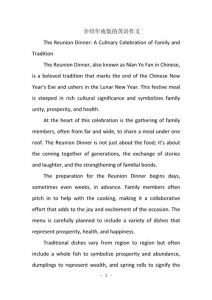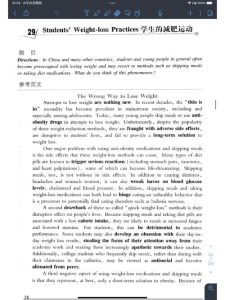Different Tones of Voice
Have you ever wondered how the tone of your voice can convey a wide range of emotions and messages? The way you speak can significantly impact how others perceive you and your message. In this article, we will delve into the different tones of voice and how they can be used effectively in various contexts.
Understanding Tone of Voice

The tone of voice refers to the manner in which words are spoken, including the pitch, volume, and expression. It is an essential aspect of communication that can either enhance or detract from the message you are trying to convey. Here are some key elements that contribute to the tone of voice:
- Pitch: The pitch of your voice refers to the highness or lowness of your voice. A higher pitch can convey excitement or nervousness, while a lower pitch can convey authority or calmness.
- Volume: The volume of your voice refers to how loud or soft you speak. A softer voice can be perceived as more intimate or gentle, while a louder voice can convey urgency or assertiveness.
- Expression: The expression in your voice refers to the emotions and intentions behind your words. For example, a cheerful tone can convey happiness, while a sarcastic tone can convey disdain.
Understanding these elements can help you adjust your tone of voice to suit the situation and your intended message.
Types of Tones of Voice
There are various types of tones of voice that can be used in different contexts. Here are some common ones:
- Formal: A formal tone is used in professional settings, such as business meetings or presentations. It is characterized by a clear, concise, and respectful manner of speaking.
- Informal: An informal tone is used in casual settings, such as social gatherings or friendly conversations. It is characterized by a relaxed, conversational style and can include slang or colloquialisms.
- Urgent: An urgent tone is used when you need to convey a sense of urgency or importance. It is characterized by a higher pitch and a louder volume.
- Encouraging: An encouraging tone is used to boost someone’s morale or confidence. It is characterized by a warm, supportive manner of speaking.
- Condescending: A condescending tone is used to belittle or patronize someone. It is characterized by a superior, dismissive manner of speaking.
Here is a table summarizing the different types of tones of voice and their characteristics:
| Tone of Voice | Characteristics |
|---|---|
| Formal | Clear, concise, respectful |
| Informal | Relaxed, conversational, may include slang |
| Urgent | Higher pitch, louder volume |
| Encouraging | Warm, supportive |
| Condescending | Superior, dismissive |
Using Tone of Voice Effectively
Using the right tone of voice can make a significant difference in how your message is received. Here are some tips for using tone of voice effectively:
- Know your audience: Consider who you are speaking to and adjust your tone accordingly. For example, a formal tone may be more appropriate when addressing a group of professionals, while an informal tone may be more suitable when speaking to friends.
- Be aware of your emotions: Your emotions can affect your tone of voice. Be mindful of your feelings and try to maintain a neutral or appropriate tone.
- Practice active listening: Pay attention to the tone of voice of others and respond accordingly. This can help you build rapport and convey empathy.
- Use pauses and emphasis: Pauses and emphasis can help convey the importance of certain words or phrases. Use them strategically to enhance your message.







